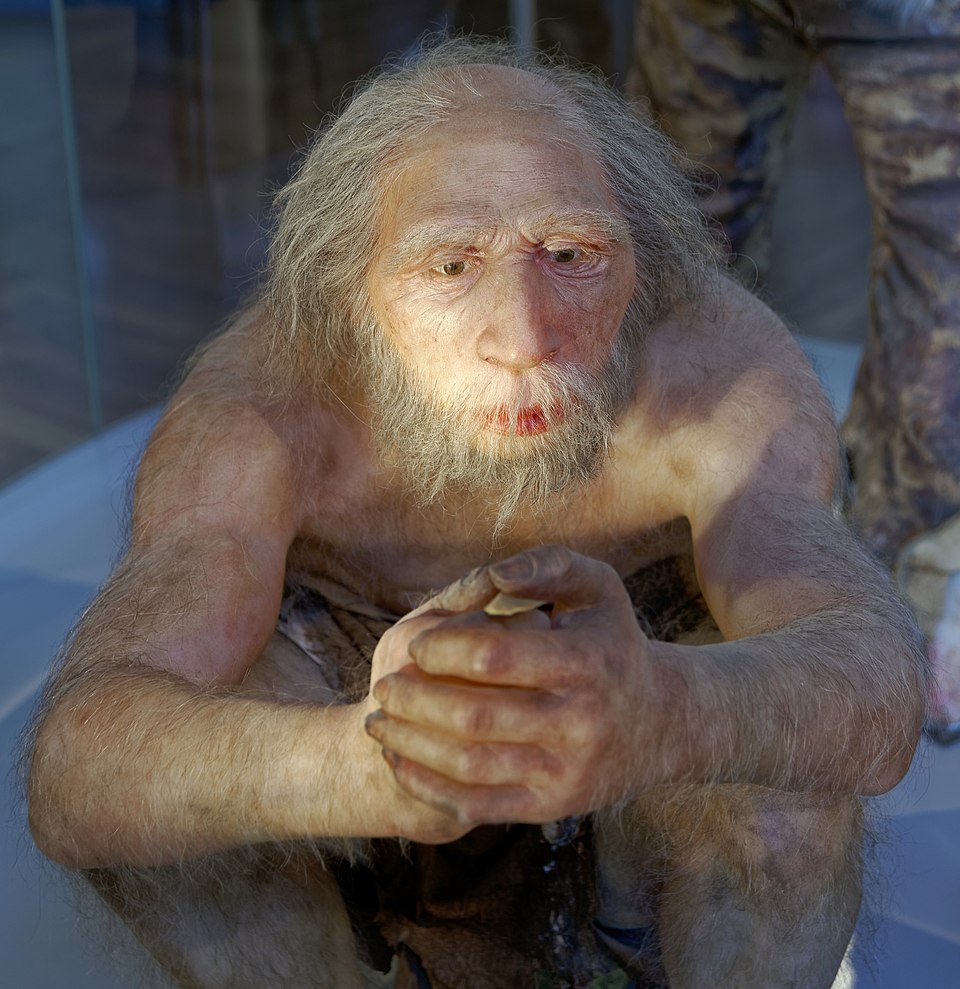Neanderthal Culinary Practices Revealed Through Bone Analysis

Recent research conducted by a team of archaeologists from Hebrew University in Israel suggests that two groups of Neanderthals, who coexisted approximately 60,000 to 50,000 years ago in close geographic proximity, may have developed distinct culinary cultures. This assertion is based on an analysis of animal bones excavated from Amud Cave and Kebara Cave, both situated in northern Israel, which revealed significant differences in the butchery marks left on the bones of hunted animals.
The study, published in the journal *Frontiers in Environmental Archaeology* in July 2025, was led by Anaelle Jallon, Rivka Rabinovich, and Erella Hovers from Hebrew University, alongside collaborators Lucille Crète and Silvia Bello from the Natural History Museum in London. The researchers found that despite the two groups sharing similar environments and diets, the cut marks on bones from the two caves exhibited statistically significant differences. For instance, the marks on bones from Amud Cave were denser and less linear than those found at Kebara Cave, suggesting that the Neanderthals may have employed different butchering techniques.
According to Jallon, the differences in cut marks could indicate varying butchery practices that might have been passed down through generations, suggesting a form of cultural transmission among the Neanderthals. "The subtle differences in cut-mark patterns between Amud and Kebara may reflect local traditions of animal carcass processing," Jallon stated.
Historical context reveals that both groups relied predominantly on hunting gazelles and fallow deer, as evidenced by the remains found in the caves, which were not typical habitats for these animals. This shared diet implies they likely faced similar ecological pressures. However, the researchers propose that the variation in cut marks could result from differences in hunting strategies or social practices. For instance, Neanderthals at Kebara might have preferred to butcher larger prey at the kill site, while those at Amud may have brought smaller animals back to the cave for processing.
Critics of the study, including experts in prehistoric archaeology, argue that the observed differences may not necessarily signify distinct culinary traditions but rather reflect varying levels of proficiency in butchery. "It's possible that the denser cut marks indicate less experienced butchers at Amud, as opposed to a unique culinary culture," commented Dr. Mark Thompson, a Professor of Anthropology at Stanford University, who was not involved in the study.
The implications of these findings extend beyond mere dietary habits; they hint at complex social structures and cultural practices among Neanderthals. If these early humans did indeed possess culinary traditions akin to modern cultures, it could reshape our understanding of Neanderthal social organization and cognitive abilities.
Looking forward, further research is necessary to clarify the implications of these findings. Future studies could include experimental butchery to better understand the relationship between cut mark patterns and butchery techniques. As the researchers noted, "Future studies, including more experimental work and comparative analyses, will be crucial for addressing these uncertainties — and maybe one day reconstructing Neanderthals' recipes."
In conclusion, the examination of butchery marks on animal bones provides a fascinating glimpse into the lives of Neanderthals, suggesting they were not only skilled hunters but also potentially shared a complex culinary culture that varied between groups. Such studies contribute to a broader understanding of human evolution and the cultural practices of our ancient relatives, emphasizing the importance of continued archaeological exploration in uncovering the nuances of prehistoric life.
Advertisement
Tags
Advertisement





